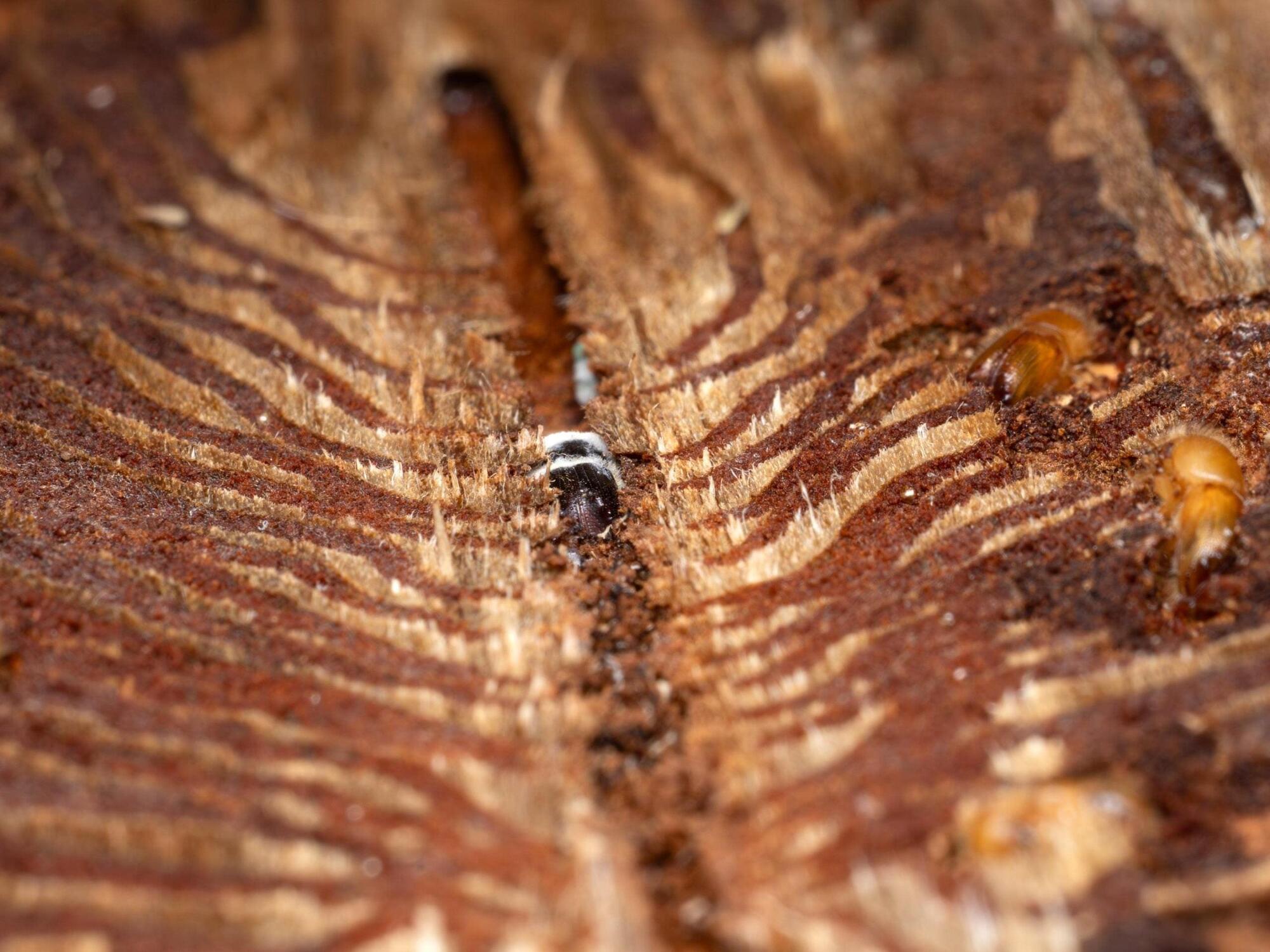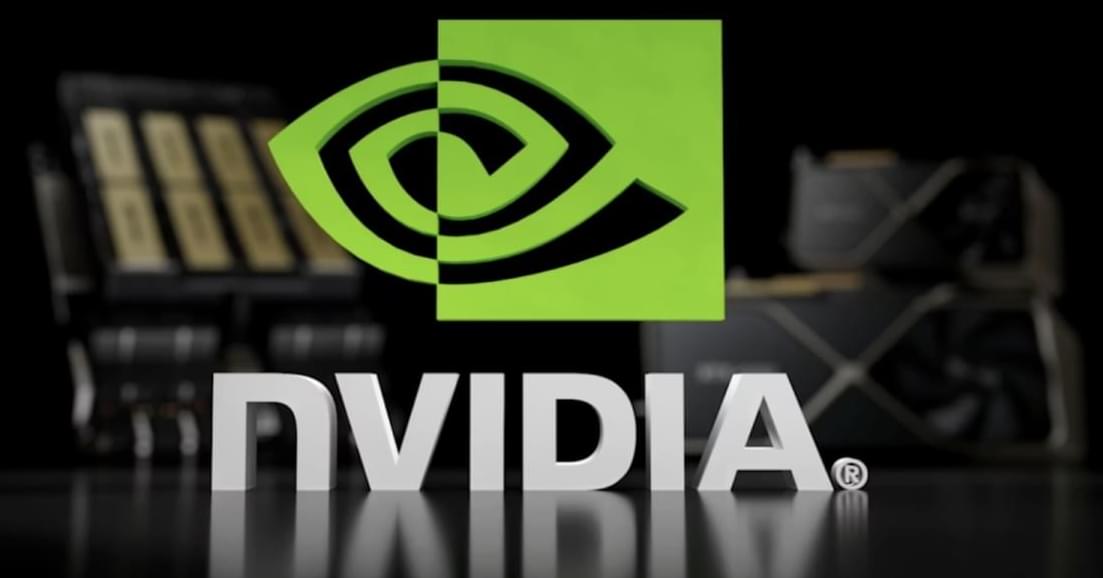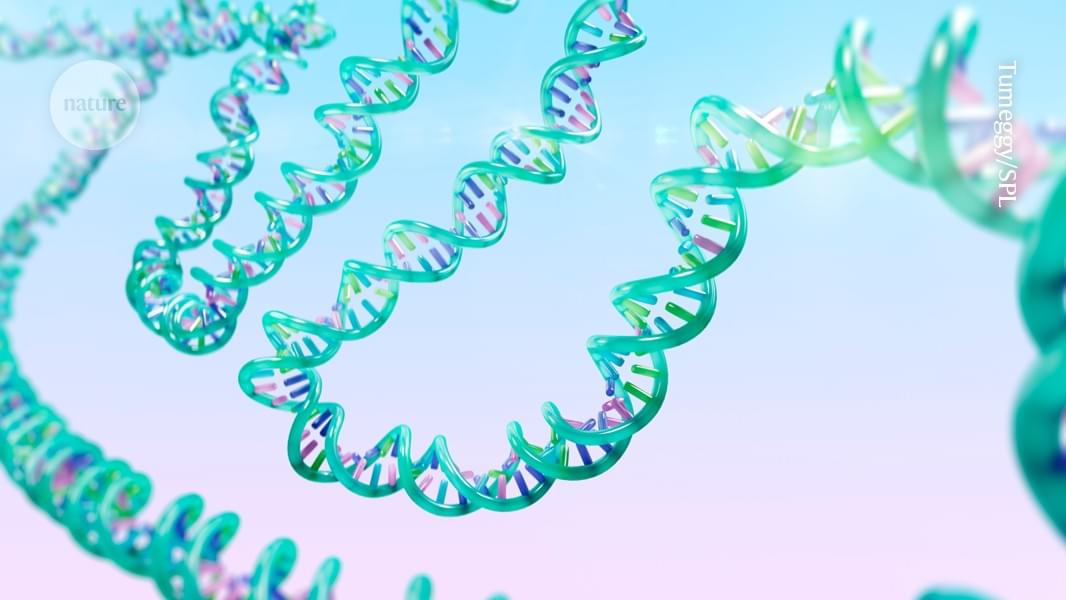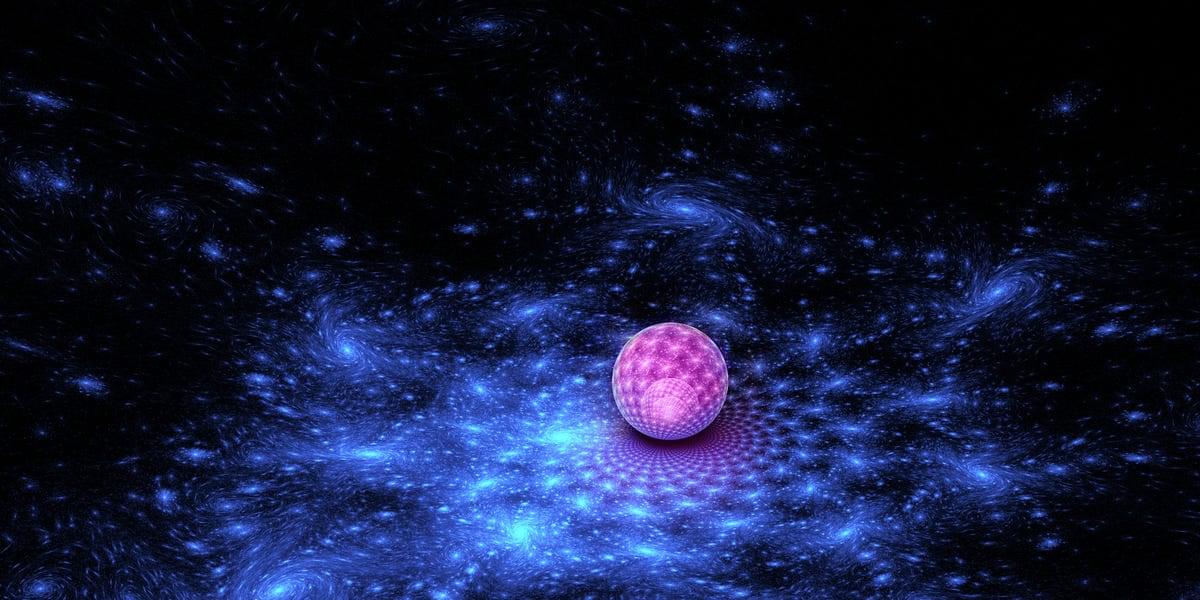Kimwolf is an Android botnet that infected 2M+ devices via exposed ADB, using proxy networks to run DDoS attacks and sell residential bandwidth.



A threat actor known as Zestix has been offering to sell corporate data stolen from dozens of companies likely after breaching their ShareFile, Nextcloud, and OwnCloud instances.
According to cybercrime intelligence company Hudson Rock, initial access may have been obtained through credentials collected by info-stealing malware such as RedLine, Lumma, and Vidar deployed on employee devices.
The three infostealers are usually distributed through malvertising campaigns or ClickFix attacks. This type of malware commonly targets data stored by web browsers (credentials, credit cards, personal info), messaging apps, and cryptocurrency wallets.

NordVPN denied allegations that its internal Salesforce development servers were breached, saying that cybercriminals obtained “dummy data” from a trial account on a third-party automated testing platform.
The company’s statement comes after a threat actor (using the 1,011 handle) claimed on a hacking forum over the weekend that they stole more than 10 databases containing sensitive information like Salesforce API keys and Jira tokens, following a brute-force attack against a NordVPN development server.
“Today i am leaking +10 DB’s source codes from a nordvpn development server. This information was acquired by bruteforcing a misconfigured server of Nordypn, which has salesforce and jira information stored. Compromissed information: SalesForce api keys, jira tokens and more,” the threat actor said.

A new ClickFix social engineering campaign is targeting the hospitality sector in Europe, using fake Windows Blue Screen of Death (BSOD) screens to trick users into manually compiling and executing malware on their systems.
A BSOD is a Windows crash screen displayed when the operating system encounters a fatal, unrecoverable error that causes it to halt.
In a new campaign first spotted in December and tracked by researchers at Securonix as “PHALT#BLYX,” phishing emails impersonating Booking.com led to a ClickFix social engineering attack that deployed malware.

Spruce bark beetles hijack their host tree’s chemical defenses, transforming them into potent weapons against fungal threats. But a fungus has evolved a way to deactivate those defenses, tipping the balance back in the tree’s favor.
Spruce trees are packed with phenolic compounds, natural chemicals that help protect them from harmful fungi. Scientists at the Max Planck Institute for Chemical Ecology in Jena set out to understand how these defenses move through the forest food web. Their focus was the spruce bark beetle (Ips typographus), an insect that consumes these compounds while feeding on tree tissue. The researchers asked an intriguing question: could the beetles reuse the tree’s own chemical defenses to protect themselves from fungal infections?
Bark beetles strengthen tree defenses for their own use.

The nitrogenase-like enzyme superfamily.
Nitrogenases are the only enzymes that reduce dinitrogen to ammonia, a reaction essential for all life on Earth.
Recent work demonstrates that nitrogen fixation‐like (Nfl) enzymes have extensive functions beyond nitrogen fixation, including reducing C=C double bonds of tetrapyrroles and breaking C–S bonds to support bacterial sulfur scavenging.
All nitrogenase-like enzymes consist of a reductase component containing an [Fe4S4]-cluster, and a catalytic component containing diverse metalloclusters.
The catalytic components of the nitrogenase-like enzymes contain simpler FeSclusters than nitrogenases, including [Fe4S4]-clusters and nitrogenase cluster precursors. https://sciencemission.com/nitrogenase-like-enzym
Nitrogenases are the only enzymes capable of converting atmospheric nitrogen into bioavailable ammonia, an essential process for all life on Earth. Early ancestors of bona fide nitrogenases and their maturases gave rise to several structural homologues with diverse functions. The nitrogen fixation-like enzyme superfamily comprises ancient metalloproteins involved in elemental processes that range from the biosynthesis of bacteriochlorophyll in bacterial photosynthesis to the biosynthesis of cofactor F430 in archaeal methanogenesis. Recently, new functions of nitrogenase-like enzymes in sulfur scavenging were discovered and have spurred interest due to the simultaneous production of small hydrocarbons.

With the AI industry effectively crippling PC gaming – and, to a lesser extent, gaming overall – by driving hardware prices to some absurd levels, it appears that NVIDIA, undeniably one of, if not the biggest beneficiary of the AI boom, is looking to ease a crisis it itself has inadvertently helped create by rewinding the clock half a decade and bringing back the GeForce RTX 3,060 GPU, discontinued in August 2024.

Exciting to see this modern genomic approach to classification of psychiatric disorders! Hopefully this will eventually lead to potential new gene therapy targets for treatment.
Analysis of more than one million people shows that mental-health disorders fall into five clusters, each of them linked to a specific set of genetic variants.

This theoretical explanation could also help explain some of the outstanding questions about the accelerating expansion of the universe. The team explains the possible existence of a particle known as the “torstone,” which would be linked to torsion that could be detected in future experience—if this theory proves out.
Of course, that’s a pretty big if. With the Nobel Prize-winning discovery of the Higgs boson in 2012, the idea of a Higgs scalar field is a strong theory in the standard model. And as with every incredible theoretical idea, this new proposal requires equally incredible evidence. Luckily, scientists are developing ever more-sensitive detectors for probing these very questions. But until scientists can glimpse some semblance of a “torstone,” or other piece pointing to the complicated interaction between higher-dimensional space time and mass, this idea will remain just that—an idea.